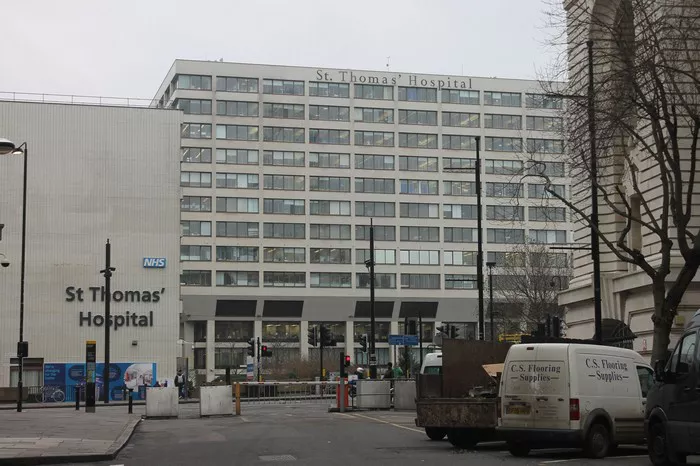A stroke is a medical emergency that occurs when blood flow to the brain is interrupted or reduced, depriving brain tissue of oxygen and nutrients. Among the various types of strokes, those affecting the left side of the brain can have profound effects on language, reasoning, motor control, and emotional regulation. In this article, we will delve into the functions of the left brain, the specific effects of a left-side stroke, the severity of these effects, potential for recovery, and additional information to consider.
1. Functions of the Left Brain:
The brain is divided into two hemispheres, each responsible for different functions. While both hemispheres work together, the left brain tends to specialize in certain tasks, including:
Language Processing and Speech: The left hemisphere is crucial for language comprehension and production. It enables individuals to understand spoken and written language, formulate thoughts into words, and engage in conversations.
Logical Reasoning and Analytical Thinking: Logical reasoning involves the ability to analyze information, identify patterns, and draw conclusions. The left hemisphere plays a significant role in logical thinking and problem-solving.
Motor Control for the Right Side of the Body: Each hemisphere of the brain controls the opposite side of the body. Therefore, the left hemisphere is responsible for motor functions on the right side, including movement of the arms, legs, and facial muscles.
Mathematical Abilities: The left brain is involved in mathematical processing, including arithmetic calculations, numerical reasoning, and problem-solving.
Processing of Factual Information: This hemisphere is adept at processing factual information, such as details, dates, and sequences. It helps individuals organize and retain factual knowledge.
2. Effects of a Stroke on the Left Side:
A stroke occurs when a blood vessel in the brain is blocked by a clot (ischemic stroke) or ruptures (hemorrhagic stroke), leading to brain cell damage. When a stroke affects the left side of the brain, it can result in:
Aphasia: Aphasia is a language disorder characterized by difficulty speaking, understanding language, reading, and writing. It can range from mild to severe and may affect one or more aspects of language comprehension and production.
Right-Sided Paralysis or Weakness (Hemiparesis): Since the left brain controls motor functions for the right side of the body, a stroke in this area can cause paralysis or weakness on the right side. This can impact mobility and daily activities.
Cognitive Impairments: Stroke survivors may experience cognitive impairments affecting reasoning, memory, attention, and problem-solving abilities. These difficulties can interfere with daily tasks and may require rehabilitation and support.
Difficulty with Calculations and Spatial Awareness: Damage to the left hemisphere can impair mathematical abilities, including calculations and numerical reasoning. Additionally, individuals may experience challenges with spatial awareness and perception.
Emotional and Behavioral Changes: A left-side stroke can lead to emotional and behavioral changes, such as depression, anxiety, irritability, and impulsivity. These changes may result from both the physical impact of the stroke and the emotional adjustment to its consequences.
3. Severity and Recovery:
The severity of the effects of a left-side stroke varies depending on factors such as the size and location of the stroke, the individual’s overall health, and the promptness of medical intervention. Some individuals may experience mild symptoms that improve with time and rehabilitation, while others may face more significant challenges.
Recovery from a left-side stroke often involves a comprehensive rehabilitation program tailored to the individual’s needs. This may include:
Speech Therapy: Speech therapy focuses on improving language skills, including speaking, understanding, reading, and writing. Therapists use various techniques and exercises to help stroke survivors regain communication abilities.
Physical Therapy: Physical therapy aims to improve mobility, strength, balance, and coordination. Therapists work with individuals to restore movement in affected limbs and enhance overall physical function.
Occupational Therapy: Occupational therapy helps stroke survivors relearn activities of daily living, such as dressing, grooming, cooking, and driving. Therapists provide strategies and adaptations to promote independence and quality of life.
While recovery can be challenging and may take time, many stroke survivors make significant progress with the right support and resources. It’s essential for individuals and their families to stay informed, engaged, and proactive in the rehabilitation process.
4. Conclusion
Other factors influencing stroke outcomes include age, pre-existing health conditions (such as hypertension, diabetes, and heart disease), lifestyle factors (such as smoking and diet), and access to medical care. Prompt recognition of stroke symptoms and seeking immediate medical attention can improve outcomes and reduce the risk of long-term disability. By staying informed and proactive, individuals can navigate the challenges of stroke recovery and strive for a better quality of life.
FAQs
Is a right-sided stroke worse than left?
Right-sided strokes can be just as debilitating as left-sided strokes, as the severity depends on various factors including the size and location of the stroke. However, right-sided strokes may manifest differently, potentially affecting spatial awareness and visual perception.
What is left side weakness from a stroke?
Left-sided weakness, a common symptom of stroke, occurs when damage to the brain affects the control of muscles on the left side of the body. This weakness can range from mild to severe and may impact mobility and daily activities, requiring rehabilitation and therapy.
Does left brain stroke affect emotions?
Yes, a left-brain stroke can affect emotions. While traditionally associated with language and logical thinking, the left hemisphere also plays a role in emotional regulation. Damage to this area can lead to emotional changes such as depression, anxiety, or irritability, requiring appropriate management and support.
Related topics:
- Managing Prediabetes through Diet: A Comprehensive Guide
- Understanding Lower Left Back Pain & How to Alleviate It
- Understanding Elevated LVEDP


